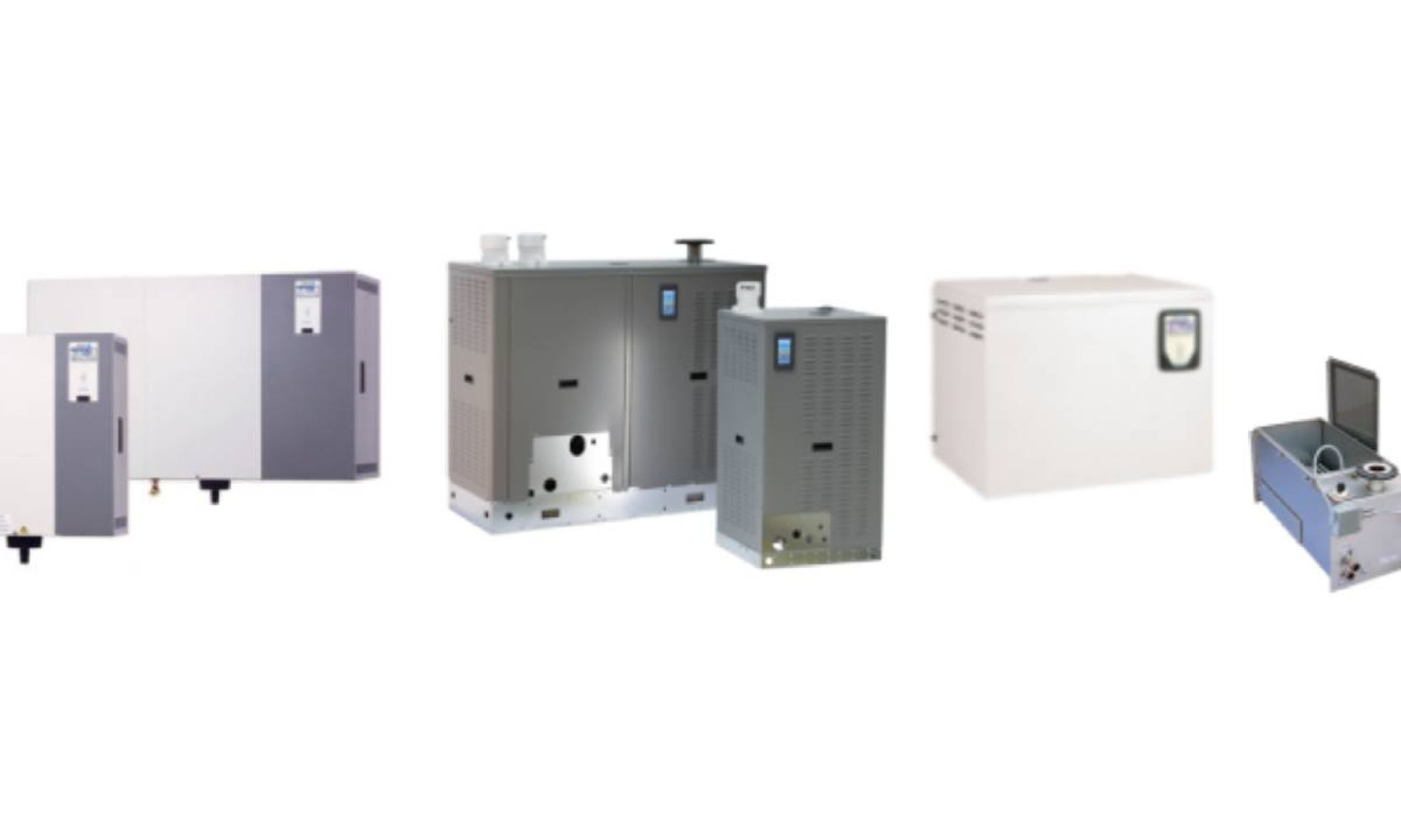The climate in mushroom cultivation is crucial. For an ideal harvest, temperature, humidity and CO₂ levels must be precisely regulated. This applies not only during mushroom production, but also during the preparation and drying of the compost. Humidity plays a major role in this.
Without a well-regulated humidification system, growers can encounter a variety of problems. Below, we explain the consequences of insufficient or no air humidification in mushroom cultivation.
Effects of too low or too high humidity on mushrooms
Dehydration
Mushrooms consist largely of water. If the humidity is too low, they lose this moisture, which leads to:
- Wrinkled and dried-out mushrooms
- Cracked or deformed caps
- A lower yield and reduced quality
Uneven size
Unstable humidity leads to uneven growth. The mushrooms can become too small or too large. With stable humidity, the growth rate remains uniform, resulting in a consistent end product.
Temperature and evaporation
Good humidification also helps to regulate the temperature in the cultivation room. Evaporation during humidification creates natural cooling, preventing overheating.
Scaling
If the humidity is too low, the outer layer of the mushroom dries out, resulting in a rough and scaly surface, also known as scaling. This not only reduces the quality but also the shelf life of the mushroom.
Mould and bacterial growth
Excessive humidity can lead to undesirable bacterial or mould growth. The right humidity prevents these problems and contributes to a healthy and stable growing climate.
With humidification, you can control the humidity for each phase, ensuring that it is always optimal for your mushroom cultivation.




